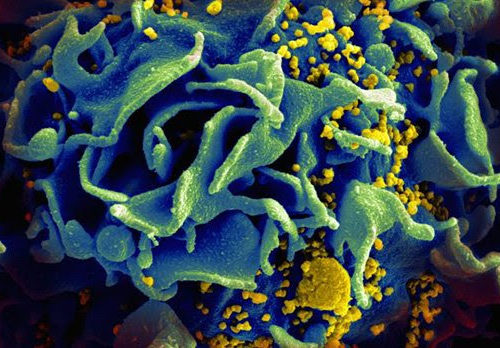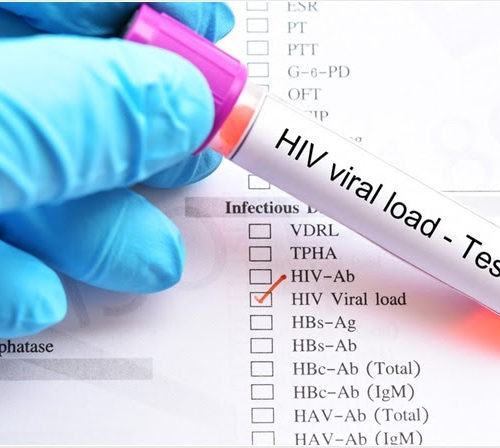A new drug regimen requiring injections every eight weeks have shown to be more effective in preventing HIV infection than one in which a pill must be taken daily, researchers from the HIV Prevention Trials Network (HPTN) announced at the 23rd International AIDS Conference. Emory University was a key participant in the study, enrolling seven...
Tag: <span>HIV</span>
Researchers make first steps toward a cure for HIV
Researchers have developed a way to pull HIV out of the latent reservoir making the virus visible to the immune system and providing the potential to be killed by treatment. Part of what has made HIV infection so difficult to cure, is that once the virus enters the body, some of it hides dormant inside...
HPTN 083 study demonstrates superiority of cabotegravir for the prevention of HIV
Both cabotegravir and oral tenofovir/emtricitabine (TDF/FTC) have high efficacy for pre-exposure prophylaxis (PrEP) DURHAM, N.C. – Researchers from the HIV Prevention Trials Network (HPTN) announced today that the HPTN 083 clinical trial showed that a pre-exposure prophylaxis (PrEP) regimen containing long-acting cabotegravir (CAB LA) injected once every 8 weeks was superior to daily oral tenofovir/emtricitabine...
Experimental HIV drug seems effective at a twice-a-year dose, study finds
By NATALYA ORTOLANO @NatOrtolanoJULY 1, 2020 An experimental new HIV treatment could, with just one dose, reduce the amount of virus in an infected person for up to six months. But experts aren’t convinced the advance will significantly change how we treat HIV anytime soon. A group of researchers from Gilead Sciences developed a new...
Inside the body, the coronavirus is even more sinister than scientists had realized
Melissa Healy, June 26, 2020, 8:00 AM MST The new coronavirus’ reputation for messing with scientists’ assumptions has taken a truly creepy turn. Researchers exploring the interaction between the coronavirus and its hosts have discovered that when the SARS-CoV-2 virus infects a human cell, it sets off a ghoulish transformation. Obeying instructions from the virus,...
New drug candidate reawakens sleeping HIV in hopes of functional cure
by Sanford Burnham Prebys Medical Discovery Institute Scientists at Sanford Burnham Prebys Medical Discovery Institute have created a next-generation drug called Ciapavir (SBI-0953294) that is effective at reactivating dormant human immunodeficiency virus (HIV). The research, published in Cell Reports Medicine, aims to create a functional HIV cure by activating and then eliminating all pockets of...
Existing drugs may limit damage caused by HIV
by Yale University Yale researchers have identified four drugs that may help minimize the long-term health effects of HIV infection, they report June 23 in the Journal of Clinical Investigation. Antiretroviral therapy has proved to be a life-saving treatment for those infected with HIV. Yet even after treatment, most patients still harbor latent HIV in...
NIH investigators hope CD47 study leads to broad-spectrum infectious diseases immunotherapy
National Institutes of Health investigators and colleagues have discovered that when the immune system first responds to infectious agents such as viruses or bacteria, a natural brake on the response prevents overactivation. Their new study in mBio describes this brake and the way pathogens such as SARS-CoV-2, the virus that causes COVID-19, turn it on....
What is Viral Load?
By Sara Ryding, B.Sc. Reviewed by Emily Henderson, B.Sc. Viral load refers to the amount of virus in an infected person’s blood. This is expressed as the number of viral particles in each milliliter of blood. Higher viral load can have different implications for different viruses but typically means the infection is progressing. Viral load...
Silver Lining to Coronavirus Crisis: Telehealth May Improve Patient Adherence And Persistence
For decades, poor medication adherence has been recognized as a significant and persistent problem in the healthcare system. Since a report published in 2000 by the U.S. Department of Health and Human Services, numerous studies have shown that up to 50% of patients exhibit varying degrees of non-adherence and non-persistence. Poor adherence and persistence contribute...








